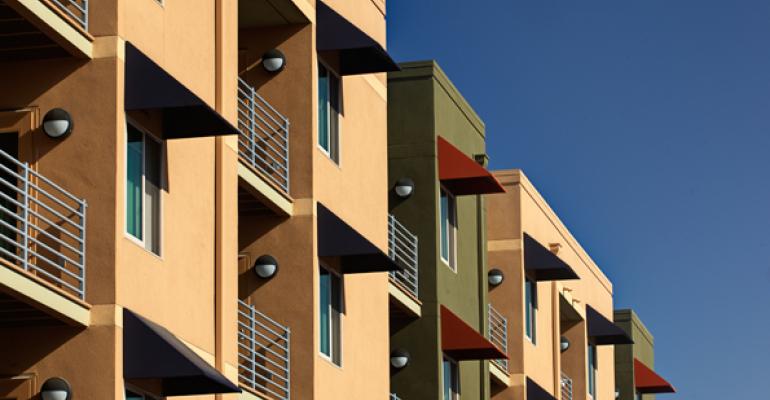Much has been written on the explosion of the apartment market in recent years. Most of the focus of this expansion has been on the central business districts (CBD) or urban cores as so much of the growth in inventory has been concentrated in the heart of major cities… Or has it? And what do “major cities” look like, anyway?
Indeed, there has been considerable confusion as to where the multifamily market growth has been concentrated, especially for those who look at the numbers. In fact, most of the growth has taken place in suburban submarkets. Why this is confusing is because most associate apartment living with urban settings, while the “suburbs” are seen as subdivisions of single-family homes. Few recognize that the bulk of the apartment inventory is located in suburban submarkets, either within the city limits or outside. A quick look at the numbers shows that the ratio of suburban to CBD apartment stock is nearly 6:1.
Another reason why this is puzzling is because many cities are structured as suburban enclaves. Older cities such as New York, Washington, D.C., Chicago and Philadelphia are more traditionally urban, with a concentration of skyscrapers and strong public transportation networks. But most of the other metros we track are not as densely populated. Residents in these newer cities tend to drive to work more than rely on public transportation. This distinction makes them more suburban, giving them a higher suburban to CBD ratio.
In Atlanta, for example, the suburban to CBD ratio is 18:1, while in Los Angeles, the ratio is 12:1. In some big cities such as Phoenix, there are no CBD apartment submarkets. Thus, because suburban submarkets house the bulk of the apartment inventory, it is only natural that this bigger segment of the apartment market would add more units. From 2010 to 2016, suburban apartment inventory grew by 635,900 units, while CBD inventory grew by 233,250 units.
However, the reason why the expansion is considered more urban-focused is because the rate of growth for CBD inventory, as well as occupancy, has been considerably higher than that for suburban submarkets. The charts above and below illustrate the differences between the occupancy and inventory growth in the suburban vs. the CBD markets. The top chart shows the trends in net absorption and completions, while the bottom chart shows the differences in the rate of growth for both occupancy and supply. Note how occupancy grew 4 percent in the CBD areas in 2016, but less than 2 percent in the suburban markets. In 2017, inventory is on pace to grow 5.5 percent, while occupancy is expected to grow 4.3 percent.
Downtown Los Angeles is a perfect example of supply and occupancy growth that has been “concentrated” in the urban cores. One of only two CBD submarkets in the greater metro Los Angeles, Downtown LA added 8,164 apartment units from 2010 through 2017, which accounted for 25 percent of all the added supply in metro Los Angeles. Yet the Downtown Los Angeles inventory only accounts for 2 percent of the total metro inventory. Thus, the growth has been disproportionately more urban than suburban, even though the suburban submarkets saw more units added.
These trends reflect both the stock and the flow of demographics; that is, most households live in a suburban-like setting whether or not it is within a city proper or outside. Yet urban-based households have grown at a faster rate as millennials have opted to live in city centers disproportionately more so than in suburban settings over the last seven years.
This begs the question of how have rents responded? Rents generally increase in relation to the balance of occupancy to supply growth. However, the supply added over the last few years has largely included high-end class-A properties located in the most desirable neighborhoods. These new completions have weighed heavily on the overall averages. Calculating the weighted average rents of all suburban and CBD submarkets shows that the rent growth trends for the two categories have been similar. The average CBD rent has grown 34 percent since 2010, while the average suburban rent has grown 28 percent.
In short, the apartment market’s growth has been widespread, across nearly every metro. While it is fair to say the growth has been more urban-focused, it is equally fair to say that it’s been suburban-driven—it depends on whether one is looking at growth rates or levels.





